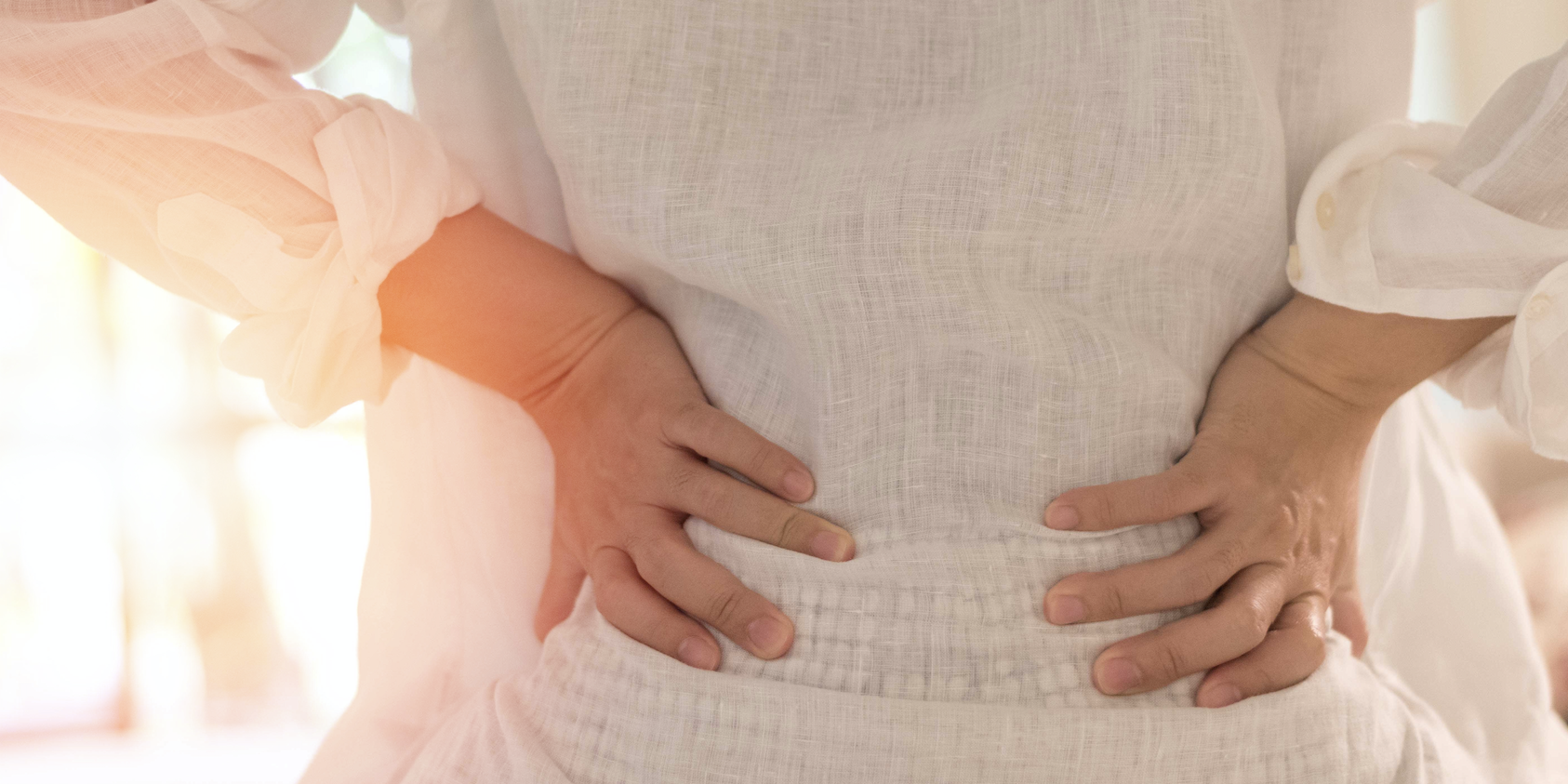Before digging into spinal stenosis, here’s a quick overview of the back’s anatomy. The back is filled with many moving parts. The spine itself contains a variety of components to support a person’s standing, bending, and twisting. It also protects the spinal cord. Inside the spine are nerves that branch off the spinal cord.
What Is Spinal Stenosis?
Spinal stenosis is the narrowing of the space within the spine. As such, it can put pressure on the nerves causing them to become compressed, pinched, or irritated. Spinal stenosis can occur in any part of the spine. However, the two most common areas are in the lower back (lumbar stenosis) and neck (cervical stenosis).
There are three areas where narrowing can happen:
- Space between the bones of the spine.
- Areas where nerves branch out from the spine.
- Space in the center of the spine.
If any of these occur, it causes back pain and sciatica. Most often, the pain appears in the lower back or neck. It can also cause sciatica, which is pain that travels from the lower back to the buttocks and potentially down the leg.
Symptoms of cervical stenosis:
- Neck pain
- Numbness in hand, arm, foot, or leg
- Tingling in hand, arm, foot, or leg
- Weakness in hand, arm, foot, or leg
- Problems with balance
Symptoms of lumbar stenosis:
- Lower back pain
- Sciatica
- Numbness in foot or leg
- Tingling in foot or leg
- Weakness in foot or leg
- Pain that worsens when standing for a long time
A CT scan or MRI may show evidence of spinal stenosis. It’s possible to have spinal stenosis without any pain. However, it’s a progressive condition that typically worsens over time.
What Causes Spinal Stenosis?
The most common cause of spinal stenosis is aging. This leads to wear-and-tear in the spine related to osteoarthritis. It’s most common in men and women over the age of 50. Younger people can experience it as a result of an injury or scoliosis.
The following can cause spinal stenosis:
- Bone overgrowth: Cartilage protects the joints. When it wears away, the bones rub against each other. In doing so, it creates a bone spur in the spinal canal. This overgrowth of the bone compresses the nerves.
- Herniated disc: A flat, round cushioning pad called a disc acts as a shock absorber in the spine. With time, these discs can dry out and flatten. When this happens, the edge of the disc can break through the outer layer and push on the nerves.
- Thickened ligaments: Ligaments are tough cords that help hold a spine together. Over time, they can thicken and become stiff. Eventually, they bulge into the spinal canal.
- Cysts or tumors: Abnormal growth from cysts or tumors within the spinal cord can narrow the space. And this puts pressure on the spinal cord and its nerves.
- Spinal injuries: Trauma to the vertebrae may cause damage near the spine. This can add pressure to the spinal cord and narrow the space.
To diagnose spinal stenosis, a doctor will review the patient’s signs and symptoms, medical history, physical examination, and imaging such as an MRI, CT, or X-ray. Treatment will depend on the severity of the symptoms and the location of the spinal stenosis. Every case is different. It’s important to make an appointment with a qualified back and spine doctor who can properly diagnose and treat spinal stenosis.
Have a question? Please contact us or call 214-823-2052. We have two conveniently located offices in Addison and Dallas serving patients in Dallas, Addison, Plano, Frisco, Garland, and other cities in the DFW metroplex.







